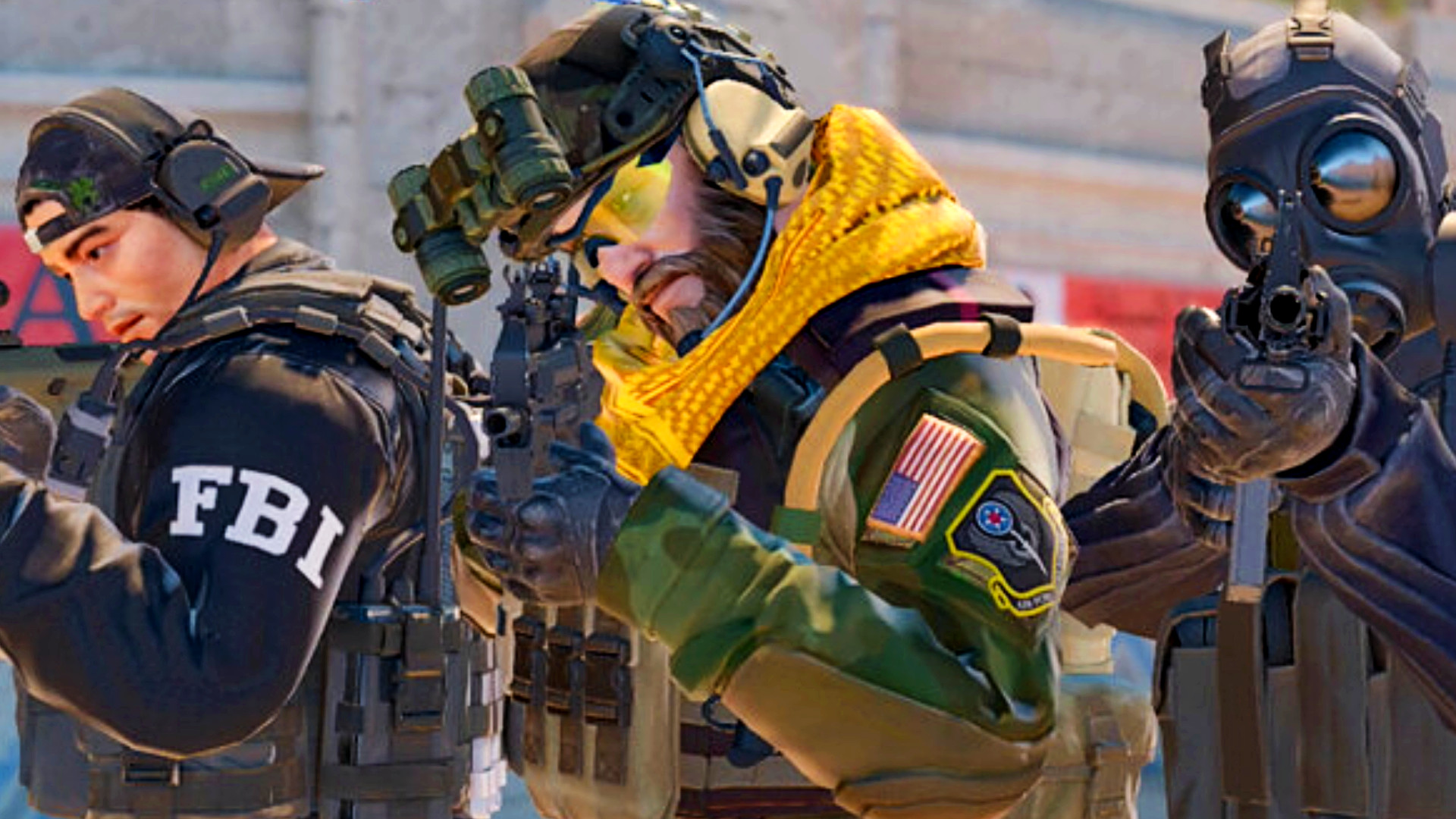Print Fix Hub
Your go-to source for everything print-related, from troubleshooting to tips.
CS:GO Patch Notes: Behind the Scenes of Your Favorite Maps
Discover the secrets behind your favorite CS:GO maps! Uncover hidden changes and insider insights from the latest patch notes. Don't miss out!
Exploring the Evolution of CS:GO Maps: Key Changes in Recent Patch Notes
Counter-Strike: Global Offensive (CS:GO) has continuously evolved since its release in 2012, with various updates enhancing gameplay and map design. The latest patch notes reveal significant changes to iconic maps, including Dust II and Mirage. These updates not only improve the visual aesthetics of the maps but also address gameplay balance issues. For instance, the recent adjustments to Dust II involve repositioning key cover points to enhance competitive play, allowing for more strategic engagements.
Another notable change is the introduction of new map Ancient into the competitive rotation, as highlighted in the patch notes. This map offers a fresh environment for players, emphasizing verticality and tactical play. With these updates, players are encouraged to adapt their strategies and familiarize themselves with the evolving landscape, reflecting the dynamic nature of CS:GO. As players delve into the latest patch notes, they can gain insights into how these changes impact overall gameplay and community interactions.

Counter-Strike is a highly popular multiplayer first-person shooter game that pits teams of terrorists against counter-terrorists in various mission objectives. Players engage in intense CS2 Gunfights that require skill, strategy, and teamwork. The game's competitive nature and dynamic gameplay have made it a favorite among gamers worldwide.
Behind the Design: How Map Updates Shape the CS:GO Competitive Scene
In the world of CS:GO, map updates play a pivotal role in shaping the competitive landscape. Developers at Valve regularly assess gameplay dynamics and player feedback to introduce changes that can significantly alter strategies and player interactions. For instance, the recent revisions in maps like Dust II and Mirage not only address technical issues but also aim to enhance the overall balance of gameplay. By introducing new pathways or adjusting cover points, these updates can shift the meta, compelling teams to adapt their tactics and re-evaluate weapon choices.
Moreover, each map update ignites discussions within the community regarding its impacts on team compositions and player roles. As pro players and analysts delve into the implications of these changes, they often share insights through various platforms, further emphasizing the importance of map design in competitive play. Understanding the nuances of map updates is crucial for both players and fans alike, as these modifications can lead to the evolution of the game's competitive scene, resulting in dramatic shifts in team dynamics and tournament outcomes.
What Do Recent CS:GO Patch Notes Reveal About Map Strategies?
The latest CS:GO patch notes introduce several changes to the game's maps, providing an opportunity for players to re-evaluate their strategies. For instance, adjustments to bombsite layouts and cover spots can significantly alter how teams approach attacks and defenses. Players should focus on understanding these updates to adapt their plays effectively. One of the most notable changes is the reduced visibility in critical engagement zones, which makes strategic positioning and communication with teammates more important than ever.
Moreover, the patch notes highlight the importance of off-angle positioning and utility usage on revamped maps. For example, the inclusion of new cover elements encourages players to develop fresh smoke and flashbang strategies. Map strategies will likely evolve as players explore these changes. It's crucial to consistently review patch notes and practice new tactics in casual games to stay ahead of the competition. Ultimately, staying informed about these updates will enhance a team's synergy and effectiveness in gameplay.